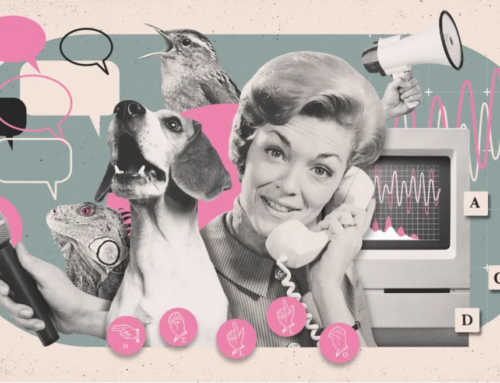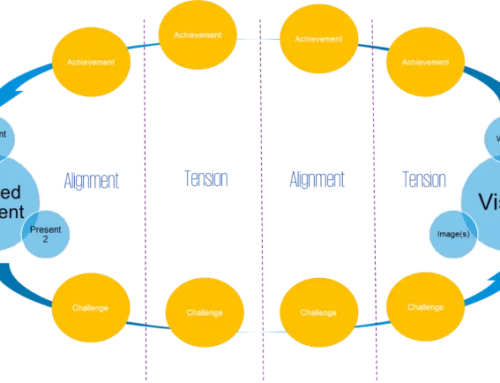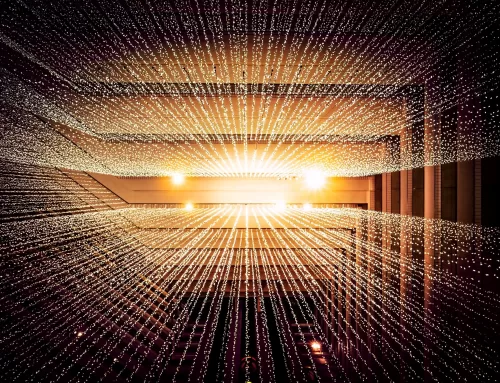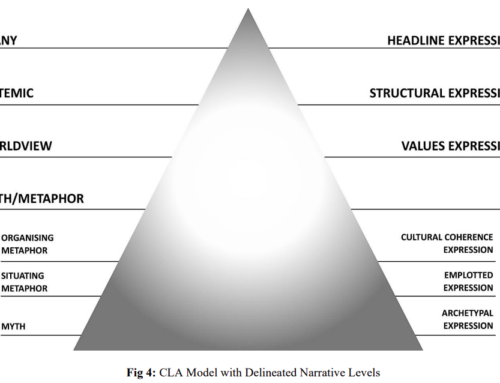Is it Probable, Possible, Plausible, Credible?
Wildcard Typology and Futures Qualifiers
Jim Breaux
Recent readings for the Alternative Futures Class of excellent works by Ruud van der Helm and Oliver Markley begged to be intersected in a table. Below I have quoted the definitions from Ruud’s work for the foresight journal “Towards a clarification…” (2006) for Probability, Possibility, and Plausibility and Oliver’s Credibility definition from his work “A new methodology…” in the journal Technological Forecasting and Social Change (2011), and then added my own reference for Impact.
The idea of the table was to first satisfy my need to see the information graphically, and second to try to tie qualifiers of futures to typology of wildcards that may result in these futures.
Definitions:
Probability refers to concepts of chance and likeliness. A probable future is a future that is more likely than some other future. Likeliness should mainly lead to the ordinal ranking of alternative futures between more likely and less likely. Whether we select likely futures or less likely futures is a matter of study objectives. Any future, whether probable or improbable, is by default a possible future.[1]
Possibility refers to a claim of reality, whether some future either can be or cannot be (and nothing in between). A possible future is considered by default potentially realizable (either passively or actively). Possibility can be challenged for absolute reasons (violation of established laws) or for contingent reasons (lack of realism with respect to the proposed timeframe or available means). The latter consideration is the most relevant for futures studies and may yield important input for futures analysis.[2]
Plausibility refers to the structure of the argument, where truth-value is based on the convincingness, the credibility, of the discourse describing the future. A plausible future is a convincing description of a future, which we can hold true, even though this future itself can be factually fallacious. A future can be plausible without being possible (excluding Bloch’s primary level of the formally possible). As a consequence, plausibility cannot be established beyond a personal or social process of negotiation.[3]
Credibility refers to the trustworthiness and/or believability of a source or message. It is, or should be, context-dependent, in that an expert in one situation may not be competent in another.[4]
Impact refers to the perceived disruptive influence of a particular future or event resulting in that future.
|
Table 1 |
||||
| DegreeProbable↑ Improbable ↓ |
Yes or NoPossible ↑ Impossible ↓ |
Truth ValuePlausible ↑ Implausible ↓ |
DisruptivenessHigh ↑ Low ↓ |
Wildcard typology[5]Or Popular name |
|
PROBABILITY |
POSSIBILITY |
PLAUSIBILITY |
IMPACT |
TYPE |
|
↓ |
↑ |
↑ |
↑ |
I |
|
↑ |
↑ |
↓ |
↑ |
I I |
|
↑ |
↑ |
↓ |
↑ |
I I I |
|
↑ |
↑ |
↑ |
↑ |
IV |
|
↓ |
↑ |
↓ |
↑ |
Black Swan |
Plausibility and Credibility are held in equality for this lens. Relying on a contextual reality framework, the plausibility is only as good as the credibility; of course these are circumstantial, ephemeral, and subject to critical review, but for the sake of this construct held to the same meaning.
This could encourage questions about the relationship between Wildcards and resulting futures. For example if a wildcard is typed as II, high probability, high impact, and low plausibility/credibility – could the futures conceived from it be considered as type II as well?
Summary:
Labeling and categorizing scenarios with meta-types could be a helpful shorthand, or possibly a deselecting mechanism in sorting through myriad scenarios for the useful.
We’ll see you in the Future!





